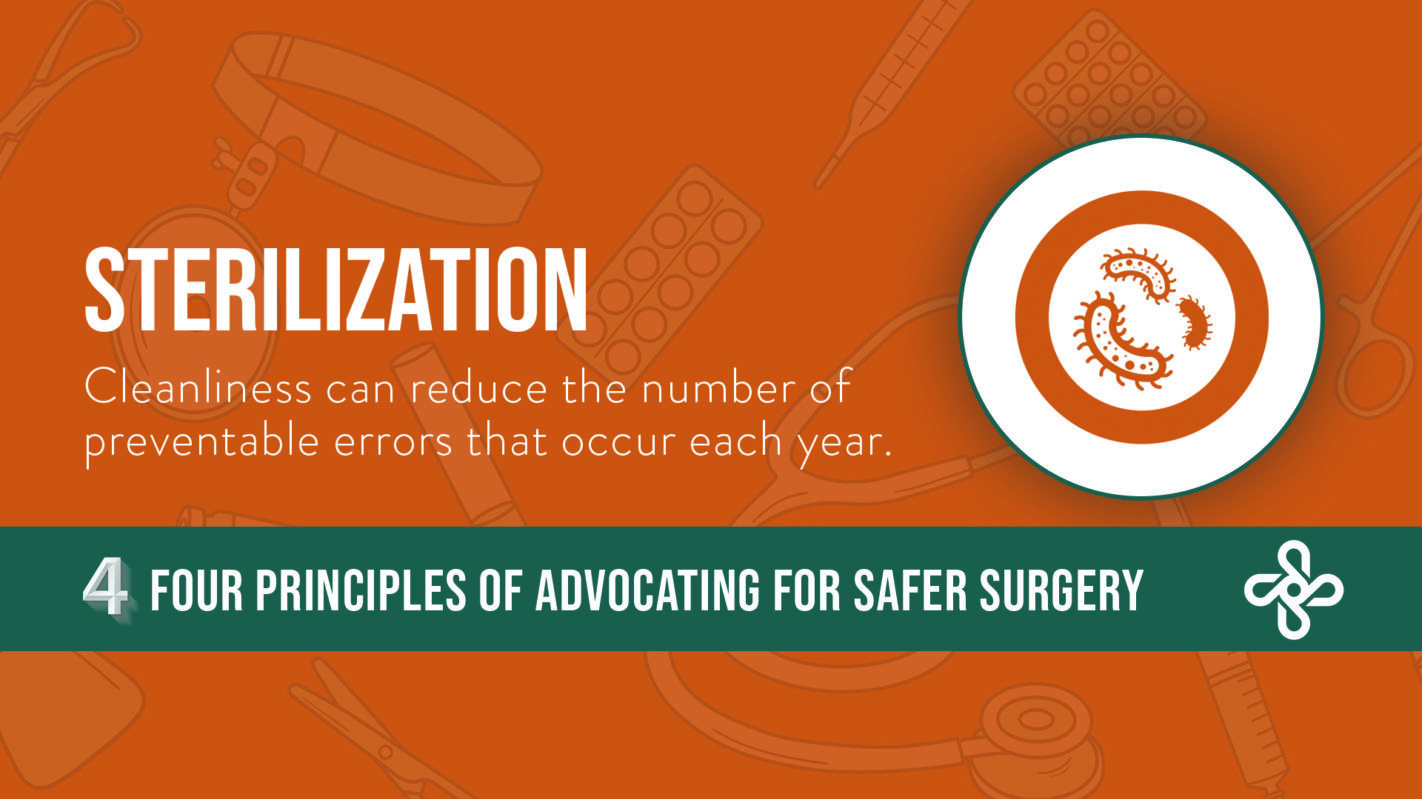
The U.S. healthcare system spends almost $10 billion dollars every year treating the top Hospital Associated Infections (HAIs), one-third of which are from surgical site infections. To prevent infections in a hospital setting, handwashing, disinfection, and sterilization are absolutely key.
Sterile processing, the method by which medical and surgical instruments are cleaned and sterilized for reuse, is one of the most necessary components of reducing the perpetuation of HAIs. However, it’s a routine maintenance procedure that doesn’t get the attention or acclaim that it deserves. Without appropriate sterile processing, both patients and staff — or anyone coming into contact with used medical instruments —would be at risk of contracting a disease.
CONNECT WITH BUSINESS DEVELOPMENT
Call (833) 923-3148
Sterile processing begins when non-disposable instruments used in medical or surgical procedures are transported to a dedicated decontamination area and cleaned in a number of ways to prepare them for reuse. When instruments are first taken to the decontamination area, they may be disassembled and manually cleaned with an enzymatic solution or detergent before getting placed in an ultrasonic cleaner, put through a washer, and packed for sterilization. Once sterilized, instruments should be free from pathogens and safe to use again.
Sterile Processing Guidelines
Hospitals have different ways of conducting sterile processing, but the CDC has guidelines to ensure that certain standards are met regardless of variations in hospital equipment or staff.
There are six key stages of sterile processing that must be managed at a high level: physical facilities, cleaning, packaging, loading, storage, and monitoring. For each stage, the CDC includes specific directions regarding which cleaning products and equipment can be used, how to determine when successful sterilization has occurred, and what kinds of inspections should take place before instruments are moved along to the next phase.
Sterile processing technicians must be diligent in maintaining these standards so they themselves stay safe and that neither patients nor medical staff are exposed to dangerous pathogens. These technicians could be called the unsung heroes of the hospital because they have a deeply important job but are not often recognized for their role in improving outcomes and reducing risks.
Monitoring and Improvement in the Sterile Processing Field
Starting in 2015, the FDA began an extensive study and follow-up process to reinforce sterile processing guidelines for duodenoscopes, devices used in some gastroenterology procedures. Because duodenoscopes have small, complex parts, they are more difficult to clean. As of 2019, the FDA found the following as a result of their study:
- In the first two years, reports of patient infection dropped by 63%.
- In the second two years, reports fell by 55%.
This reflects an 83% total decrease in patient infection reports between 2015 and 2019.
The FDA continues to monitor the sterile processing of duodenoscopes in order to reduce patient risk and the incidence of infection. As this study shows, following sterile processing guidelines has a critical impact on patient safety.
Advances in the production of surgical tools also provide a greater measure of patient safety. Manufacturers are now developing tools that are easier for the sterile processing department to clean, as well as sustainably-produced single-use elements that offer high performance and are an eco-friendly alternative to traditional plastic disposables.
Sterile processing continues to be an essential part of quality patient care. As this relatively unknown field continues to advance, opportunities for improved outcomes and patient safety will only increase.
Learn More About Sterile Processing Management
If you’d like to learn more about leading-edge sterile processing practices, get in touch with us at SpecialtyCare today. We provide sterile processing management for hospitals around the country, helping them reduce the incidence of HAIs and improve patient safety. As a premier allied health provider, we focus on practices that make surgery safer and help hospitals continue to provide excellent levels of care to those they serve.



Comments are closed.